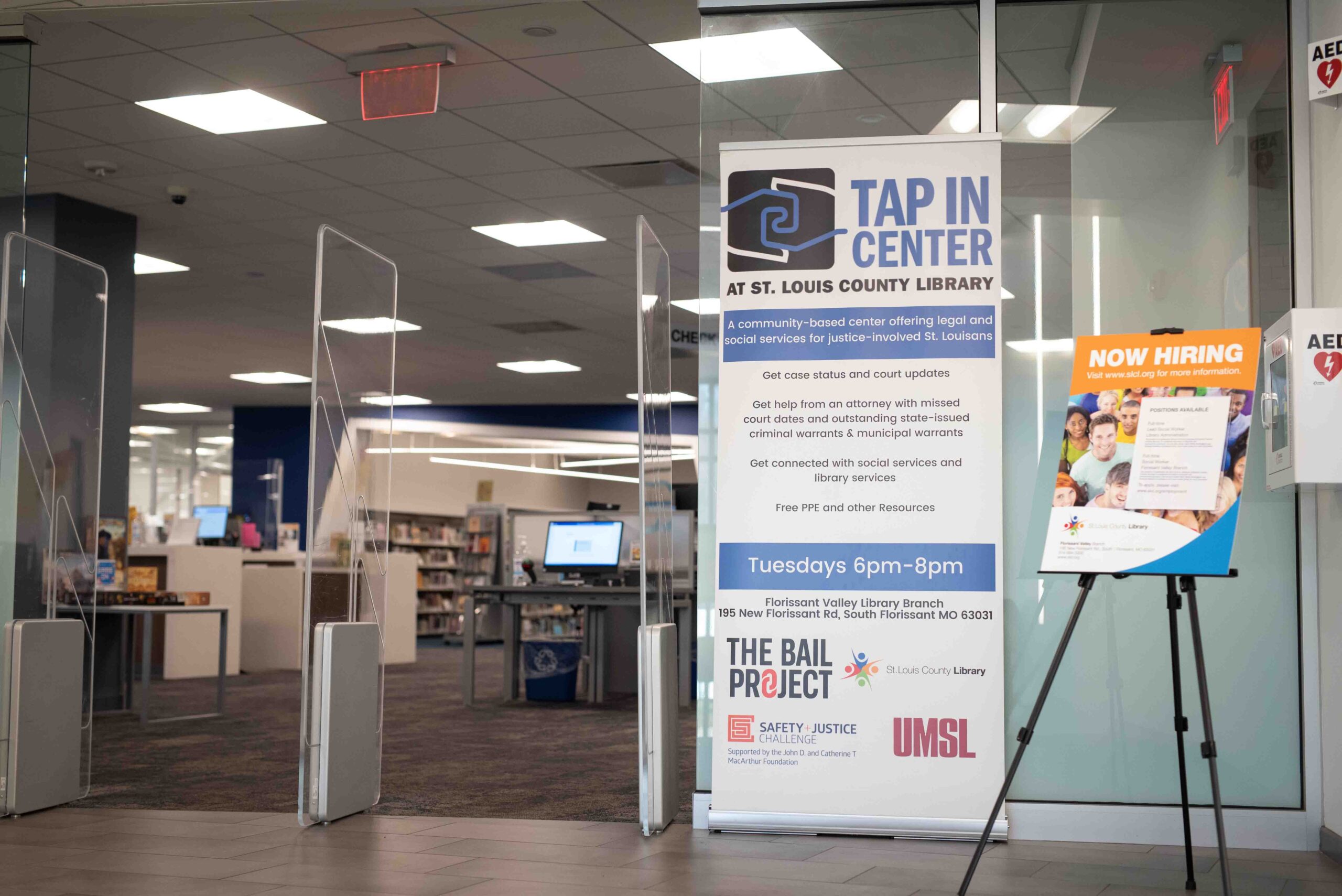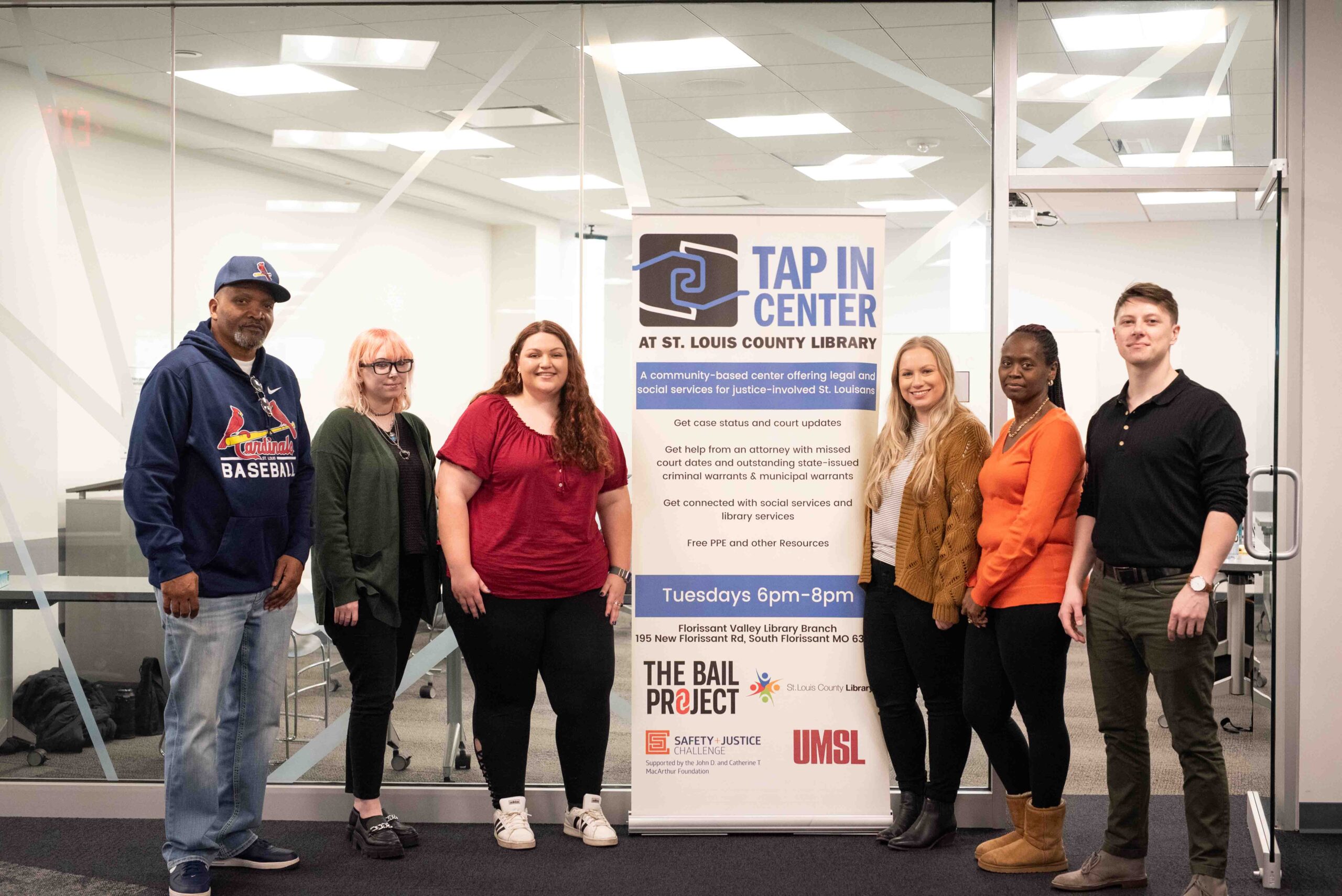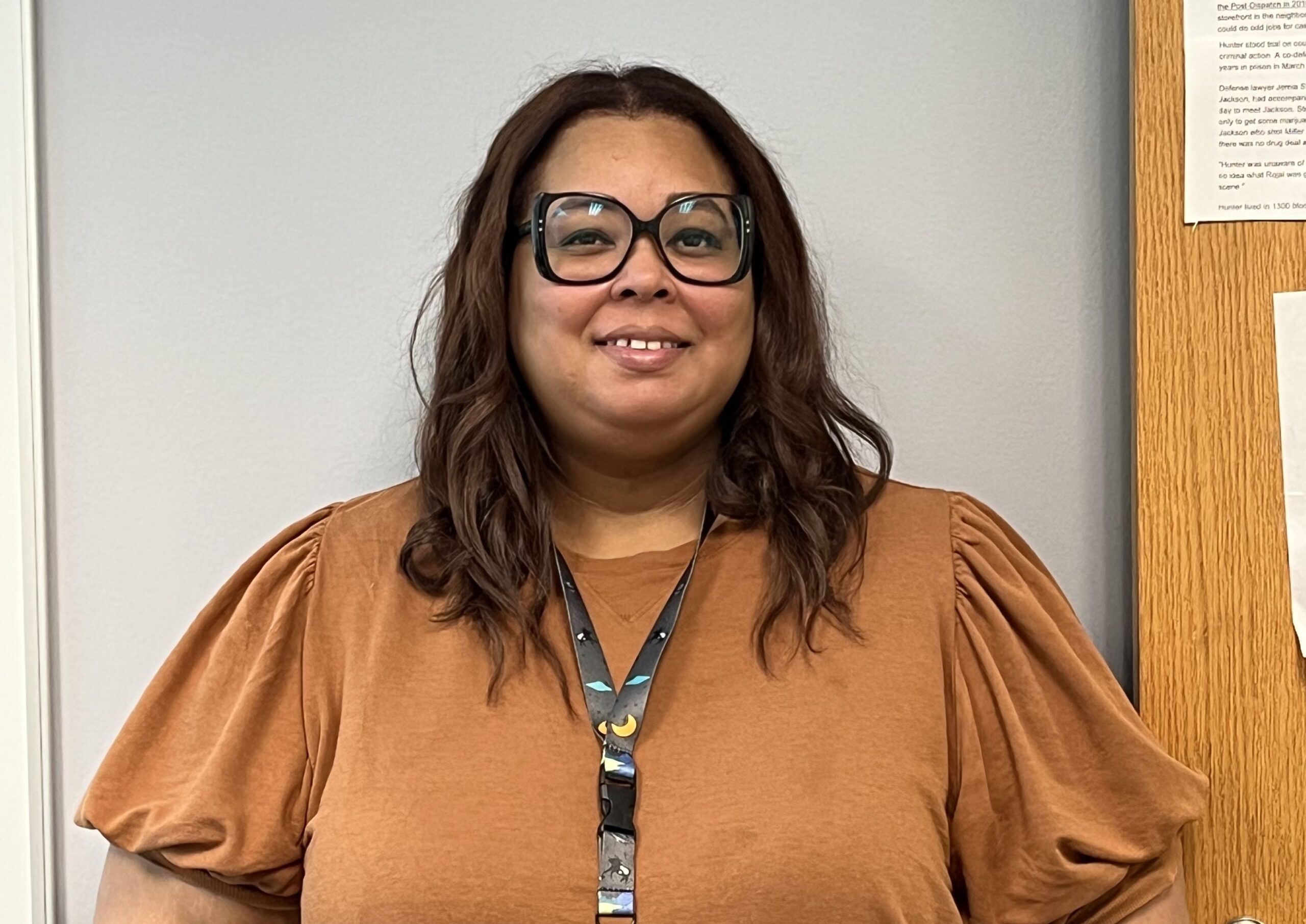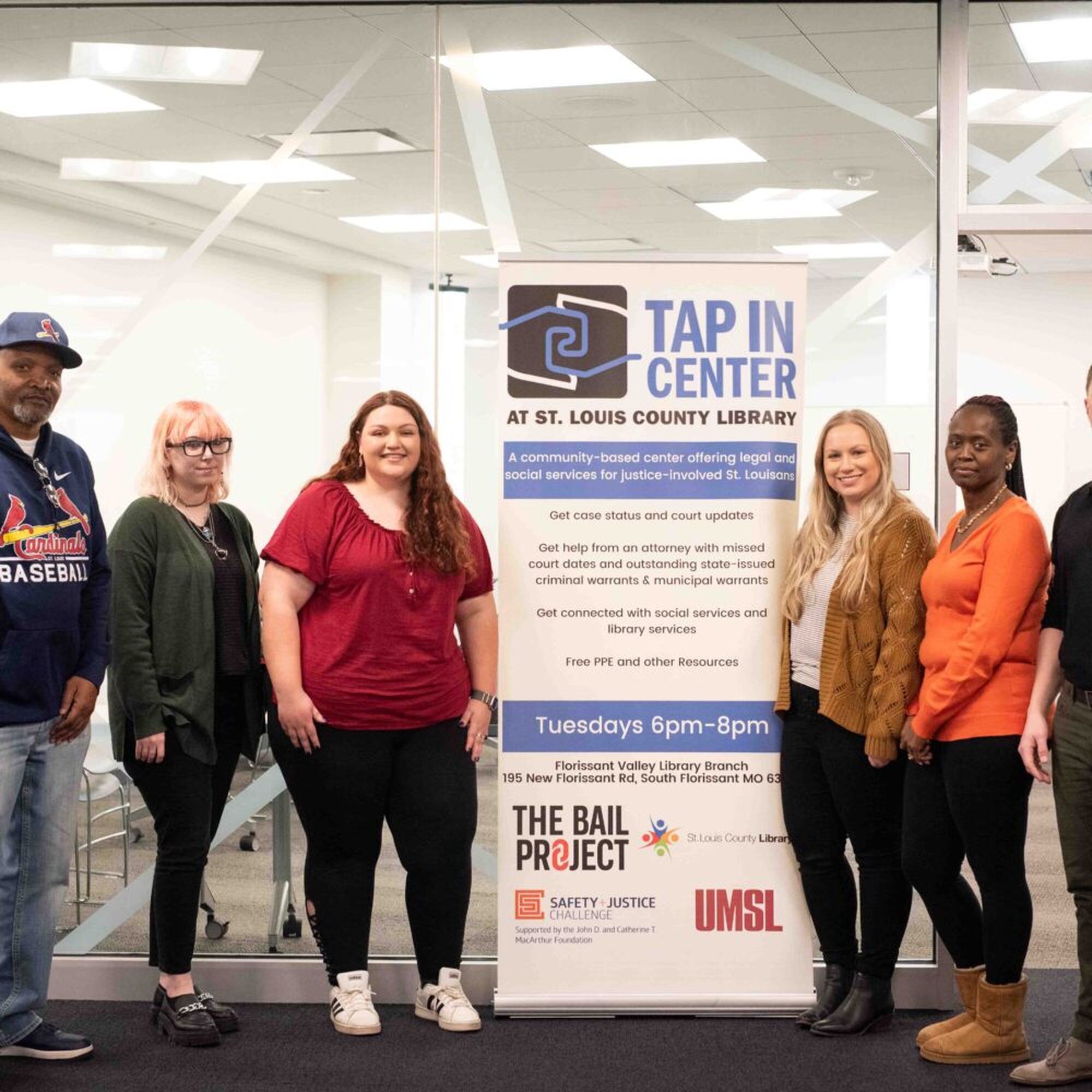In the summer of 2020, while the world learned how to operate remotely during the pandemic, a group of individuals in St. Louis County, Missouri, started talking about how to continue managing court cases while on lockdown and ongoing uncertainty about the future of working in person. Increasingly, people were missing their court dates, so warrants were being issued and court cases were accumulating.
The Bail Project, a nonprofit that advocates for the elimination of financial conditions of release, approached Miranda Gibson, program manager for the John D. and Catherine T. MacArthur Foundation Safety + Justice Challenge in St. Louis County. As Gibson recalled, they discussed an “initiative to focus on the issue of people missing court dates and then getting warrants” — an initiative that would help not just the people with warrants but the entire system, including the courts, jail, and police, because it was a problem for everyone involved.

Initial thoughts of an amnesty program evolved into plans for a project to recall warrants, and the public defender’s office was brought into the planning process. “Then we presented that idea to the prosecutors and asked for their help,” explained Gibson, and “the elected prosecutor and the chief public defender jointly proposed the idea to the courts.” The courts agreed and stakeholders continued developing the warrant recall program.
The next step was to identify a location.
“I wanted to put the program in a place people would feel good going to, and not feel like it was a trap,” said Gibson, “and the library seemed like a perfect fit.”
The library system was rooted in the community and easily accessible. And it was already doing work around criminal legal system issues, so the new project to recall warrants was a good fit.
The project moved forward quickly. The name Tap In Center was chosen to convey connecting with something for a positive outcome. The online Rap Dictionary defines “tap in” as “a phrase said to mean call, text or reach out to me.” The name conveys the need for engagement, for people with warrants to reengage with the pretrial system and for system stakeholders to connect with community members and groups.
“We started meeting in the summer and then held our first Tap In Center night in September,” said Gibson.

Three years later, the program continues every Tuesday evening at one library, with a monthly session at a second location.
“The library provides promotional support through social media ads, coordinating radio appearances, and transit advertisements, and created the program logo,” Gibson said, adding that most clients hear about it by word-of-mouth.
Jemia Steele is a public defender at the St. Louis County Public Defender’s office. Every Tuesday evening at the library she talks with clients to understand their cases and related issues. She then calls the prosecutor on duty to assess the situation. The process usually takes 15–20 minutes. If the prosecutor agrees with the request to recall the warrant, the attorneys file the motion the following morning and a judge sets a new court date.
A warrant is typically issued when a person misses a required court hearing. Though each case is unique, it’s not uncommon for someone to relocate and not receive the notice of their court date.
Steele shared the story of a woman who moved to another state, unaware of her warrant. When she began looking for housing, she learned about her legal situation and called the Tap In Center. Because of a limited income, however, “she really could not afford to come…back to St. Louis to take care of anything,” said Steele. The woman and her daughter had moved to improve their life situation, “but this warrant was putting a damper on it,” continued Steele, who helped resolve the situation for the woman. “It stuck with me because she was really happy and she [said], ‘you don’t understand how much this has helped me.’”

Gibson says that setting up a system to recall warrants is simple and has minimal costs. She’s received several phone calls from people around the country wanting to learn about the project in order to replicate it.
Jeremy Cherson, communications director with The Bail Project, thinks this is what other jurisdictions should be doing. “Cities and counties across this country should all be embracing a model like the Tap In Center, one that recognizes the critical need for off-ramps that divert people away from pretrial incarceration.”
Cherson explained the ills people can experience if detained during the pretrial phase, including “lost employment and wages, increased housing insecurity, worsening of mental health and physical health issues, as well as separation from their children and families…and an increased likelihood of future justice system involvement.”
As of early August 2023, 875 warrants had been recalled in nearly three years. Data shows the success of the program. Steele said that “86 percent of clients who’ve had their warrant recalled have not returned to the jail. That tells us it’s working.”
“I truly believe that a Tap In Center in any location benefits the community,” said Steele. “It helps the clients and it also helps the community and…the criminal justice system.”
“86 percent of clients who’ve had their warrant recalled have not returned to the jail. That tells us it’s working.”
6 Steps to Successfully Recall Warrants
Creating a successful system for recalling warrants is simple and has minimal costs.
- Engage key pretrial stakeholders—public defender, prosecutor, and the courts—to obtain their buy-in.
- Partner with a collaborator willing to host the program in a place where people can meet the public defender in person, such as a library or community center.
- Set up a consistent schedule when a public defender can meet with people who have warrants to connect with the prosecutor and request the recall.
- Identify a prosecutor or team of prosecutors willing to review the warrants on a consistent schedule.
- Connect with a community partner who can help clients overcome barriers to attending court hearings, like providing court date reminders, childcare, transportation, or similar assistance.
- Publicize the program on public transportation, social media, and through organizations that work with people in the pretrial phase.

About the Author
C.C. Strom is a writer and communications consultant based in Minneapolis. She’s committed to telling the stories of nonprofit organizations and building stronger communities.

